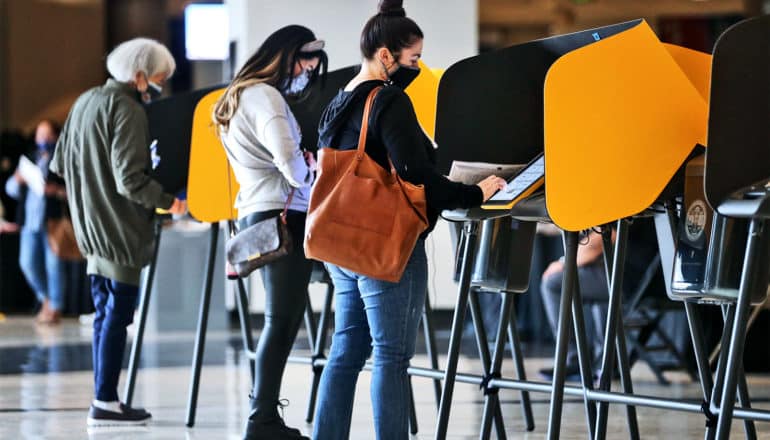
As the November 3rd election looms, the nation grapples with fears concerning the safety and integrity of the political process.
With threats of foreign interference already straining the election, the COVID-19 pandemic introduced newfound uncertainty, prompting large-scale shifts to mail-in voting as a public health measure.
But on the federal, state, and local levels, the effort has descended into a partisan battle. Among the controversies: the US Postal Service—tasked with handling a massive volume of ballots—came under scrutiny for the removal of mail-sorting machines, and a third-party vendor was recently criticized for sending 100,000 Brooklyn residents misnamed absentee ballots.
Mailing issues that could result in a long-term delay of election results increase the likelihood of scenarios that would undermine the process, including candidates claiming premature victory, asserting voter fraud, or even failing to concede a race.
To address these concerns, scholars are providing guidance on the changes needed to increase voter confidence in the fairness and legitimacy of the election.
In April 2020, Richard Pildes, a law professor at New York University and an election analyst for CNN, and others, released a report, “Fair Elections During a Crisis,” which provides recommendations for specific actions that people and organizations that influence perception of the election, including media outlets, tech companies, and legislators should take.
Here, Pildes discusses the current state of Election 2020 and ways to shore up Americans’ eroding faith in democracy:
The post How is the US making Election 2020 safe and secure? appeared first on Futurity.
from Futurity https://ift.tt/2HAhd2W
No comments:
Post a Comment